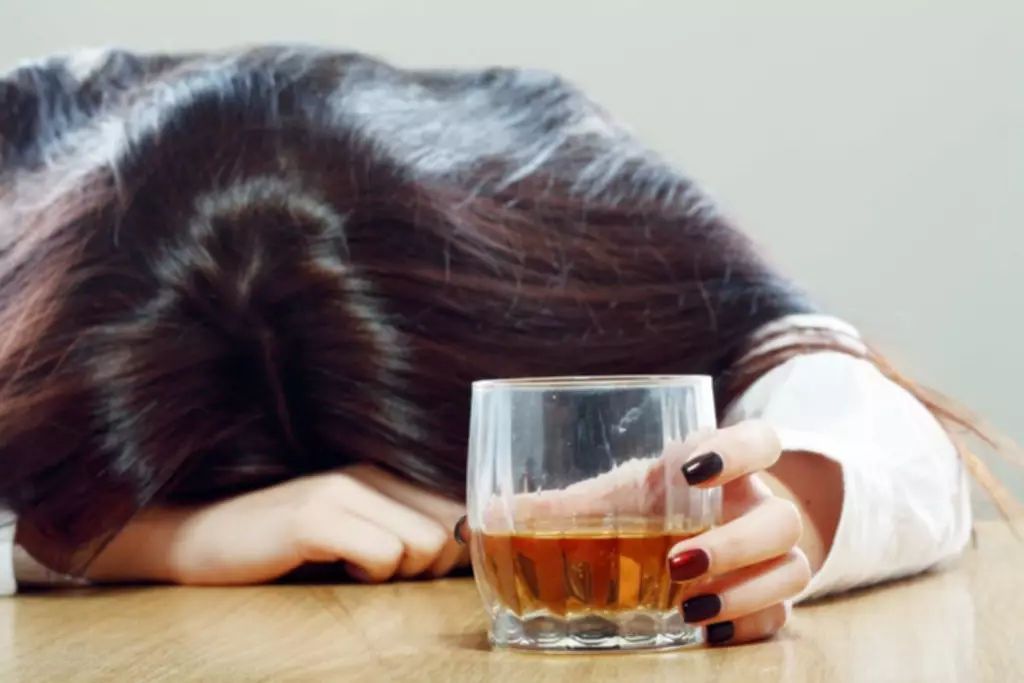Those who had never used hallucinogens comprised the third category. The effects of some hallucinogens, such as LSD, last for hours, while others, such as salvia, last only a short time. If you are concerned pregabalin wikipedia about a loved one, the first step is to try and talk to them about their drug use. If they are open to treatment, you can help them find a local treatment center to assist in their recovery.
Effects of Hallucinogen Misuse
While there are current studies exploring the possibility of psychedelics to treat disorders like depression, anxiety, and PTSD, these drugs are not currently FDA-approved, and most are illegal to possess or use. Also, hallucinogens can have powerful and long-lasting effects that can cause distress, paranoia, and hallucinations, and are not recommended for recreational use. People who need help with a substance use disorder or addiction should set up an appointment with a licensed addiction specialist today to explore options for treatment. Hallucinogens may cause profound changes in the perception of time, space, or consciousness. In some cases, the hallucinations caused by this class of drug are purely visual or sensory; in other cases, they include delusions and false notions.
Long-Term effects of hallucinogen abuse
In addition, these types of hallucinogens cause a change in the default mode network (DMN) in the brain. The DMN seems to be most involved in activities related to self-awareness. It is theorized that this disruption may be why hallucinogens in this category give feelings of connectedness with others and the world. Conversely, taking intentionally small doses of psychedelic drugs is called “microdosing,” which is generally defined as using 5-10% of a usual psychoactive dose. Common drugs used in microdosing include LSD and psilocybin mushrooms. Research on the possible medical uses of psychedelics is still at a preliminary stage, but early studies suggest that psychedelics may decrease depression and anxiety.
Types of Psychedelic Drugs
Addiction treatment programs that specialize in hallucinogen abuse are difficult to find. There aren’t any FDA-approved medications that specifically treat hallucinogen addictions. Addiction recovery plans that treat other drug addictions can be beneficial, including medical drug detox treatment when necessary, residential treatment programs, and behavioral therapies. Unfortunately, according to a Monitoring the Future study from 2021, an estimated 8% of young adults aged reported using hallucinogenic drugs, an all-time high since the first survey in 1988.
The FDA has also granted Breakthrough Therapy designation for two formulations of psilocybin being studied as potential medical treatments for depression. NIDA conducts and supports research on psychedelic and dissociative drugs to help inform health decisions and policies related to their use. NIDA also funds research on how and why people use these substances. Since hallucinogens are made up of a wide range of different drugs, chemicals, and substances, many long-term effects of hallucinogens are unknown. Long-term use of PCP can cause adverse effects that last for at least one year including memory loss, depression, and suicidal ideation. Hallucinogens are rarely the ‘drug of choice’ for people who struggle with addiction but are sometimes a part of a larger problematic pattern of drug abuse.
This approach is known as the complete case (or available case) analysis or listwise deletion. Listwise deletion is the most frequently used method in handling missing data. Although this may introduce bias in the estimation of the parameters, if the assumption of MCAR is satisfied, a listwise deletion alcohol withdrawal is known to produce unbiased estimates and conservative results. Also, because this was a large sample, where power was not an issue, the assumption of MCAR was satisfied and listwise deletion was thus appropriate. Of the 10,000 email invitations, 9449 were successfully received by the recipients.
- There have been no reported overdose deaths from LSD and other hallucinogens.
- These can appear to the person as hearing colors or smelling sounds.
- Hallucinogens interfere with a number of brain chemicals that regulate normal bodily processes such as appetite, muscle control, and sexual behavior.
However, regulated treatments are currently experimental and not accessible to many people. While not all hallucinogens are addictive, they all have potentially dangerous and unpredictable effects. If you or someone you love is having trouble quitting hallucinogens alone, know that help is available. Most hallucinogens are illegal, but laws can vary from state to state on the status of some hallucinogenic mushrooms.
Hallucinogens are a broad class of drugs that induce visual and auditory hallucinations, or profound distortions in a person’s perceptions of reality. Hallucinogens, or psychedelics, are a group of drugs that alter a person’s perception of reality. Types of hallucinogens include LSD, peyote, PCP, psilocybin and others.
Recovered is not a medical, healthcare or therapeutic services provider and no medical, psychiatric, psychological or physical treatment or advice is being provided by Recovered. If you are facing a medical emergency or considering suicide or self harm, please call 911 immediately. Hallucinogens often trigger a mental illness that may complicate the effects of their use.
Hallucinogens influence brain chemicals that are responsible for perception, cognition, and mood. For example, high doses of PCP can cause overdose symptoms, like seizures or coma. Deliriants are a class of hallucinogens that create visual perceptions that are difficult to tell apart from reality. Examples of deliriants include alkaloids like antihistaminics, atropine, henbane, mandrake and belladonna. Dextromethorphan, or DXM, is an over-the-counter cough suppressant and anti-mucus ingredient often found in cold medicines. Abusing DXM can lead to euphoria and visual and auditory hallucinations.
In the U.S., for example, hallucinogens are an illegal, Schedule 1 Drug. Addictive hallucinogens can bring about withdrawal symptoms when someone who regularly uses them reduces or stops their substance use. The presence of hallucinations is a telltale symptom of hallucinogen use.
If you have questions about your hallucinogen use, contact a representative at The Recovery Village. An expert can talk to you about the dangers of these drugs and provide you with resources for reducing your substance use. Developed in the 1950s as an anesthetic, PCP eventually became a popular hallucinogen in the United States.
Any person who manufactures peyote for or distributes peyote to the Native American Church, however, is required to obtain registration annually and to comply with all other requirements of law. Both the negative and positive effects are impossible to predict for each person. They can be tablets, powder, blotter paper, or drinking alcohol with covid-19 dried mushrooms, which are then ground up or eaten fresh. Enter your phone number below to receive a free and confidential call from a treatment provider. There’s no treatment for HPPD, but research suggests certain medications may be effective. These include anti-seizure medications, such as lamotrigine16 and clonazepam.

